This article is part of a 22-part miniseries on the history and stars of Iranian football released ahead of Iran's participation in Group B of the 2022 Qatar World Cup in November. You can explore the rest of the series here.
In 1929, Reza Shah, the first king of the royal Pahlavi dynasty in Iran, ordered that a tract of land be purchased and turfed over to create the country’s first ever football field. Then four years later, also at his command, a new structure, Amjadieh Stadium, began to take shape in Tehran: the first modern football venue in West Asia. It opened its doors in 1939.
Apart from Reza Shah, a host of other public figures had a role to play in the formation of Iranian football. Hossein Sadaghiani, the man generally recognized as Iran’s first salaried coach, was one of them; in fact, he had the king’s ear when it came to infrastructure.
Sadaghiani was in charge of the Iranian national team in 1941, when it played its first, symbolic away game in Afghanistan in the middle of the Second World War. Iran was under Allied occupation at the time and a few short days later, Reza Shah was deposed as monarch and his son Mohammad Reza Shah took over. The Iranian team consisted of players from Mashhad and Tehran, hand-selected by Sadaghiani, who ended the match in a goalless draw.
Still that day and for years afterward, Iranian football had no formal status or structure. So after the war’s end in 1946, the Iranian Football Federation was established, and joined FIFA on January 21, 1948. Iran hosted a foreign national team for the first time immediately afterward, losing 3-1 in a friendly match in Turkey at Amjadieh Stadium. At the time, Sadaghiani was still head coach.
Iranian football progressed reasonably quickly from there. In 1963, the national team took part in the qualifying games for the Summer Olympics, and received a license to participate in Tokyo in 1964. Iran’s Olympian footballers were eliminated in the group stage, losing to East Germany and Romania and drawing with Mexico, but two years later excelled in the 1966 Asian Games in Bangkok, gaining a runner-up title.
In May 1968, Iranian footballers won their first championship in the Asian Nations Cup, hosted that year by Tehran. Led by Mahmoud Bayati, the team beat Hong Kong, China and Burma to get to the final, then defeated Israel 2-1. At that time, Israel was still participating in pan-Asian competitions. Four years later in Bangkok, Iran won the Asian championship for the second time in a row.
It wasn’t until May 1973 that Iran took part in the World Cup qualifiers for the first time. The team was theoretically well-positioned to secure a place but New Zealand before the key match against Australia, but the game ended in a goalless draw and the injury of seven Iranian players. Iran then lost 3-0 to Australia, knocking the team out of the running.
After the defeat, the Football Federation signed Frank O’Farrell, the former head coach of Manchester United, to coach the team. He led Iran to victory in the 1974 Asian Cup and in August 1975, Iran won a coveted place in the Olympic football contests for the third time in a row. The next summer in Montreal, Iran finished in seventh place overall.
Another major milestone lay just around the corner. In 1977 the national team won a spot in the 1978 World Cup. Team Melli had defeated Saudi Arabia, Syria and Iraq in the first stage of qualifiers, and Australia, South Korea, Kuwait and Hong Kong in the final stage. They were, that year, the only team from the Asia-Pacific region to qualify for the contest.
That year in Argentina, Team Melli found itself in the fourth group, pitted against the likes of the Netherlands, Scotland and Peru. It lost 3-0, tied against Scotland with a single goal scored on each side, then lost 4-1 to Peru.
Not 12 months later, the Islamic Revolution would reach its apotheosis on Iranian soil, changing the face of the country – and with it the beautiful game – forever.
visit the accountability section
In this section of Iran Wire, you can contact the officials and launch your campaign for various problems




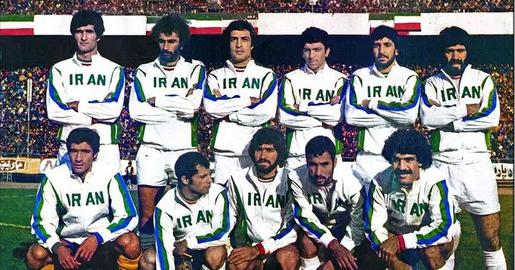






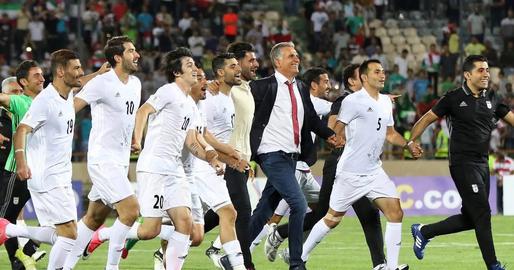






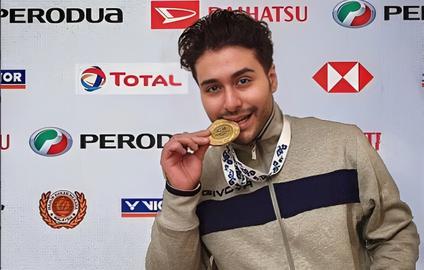
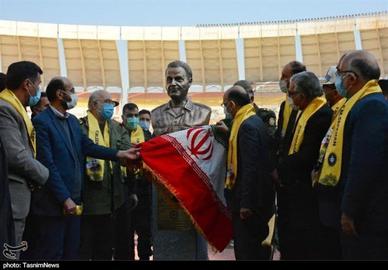





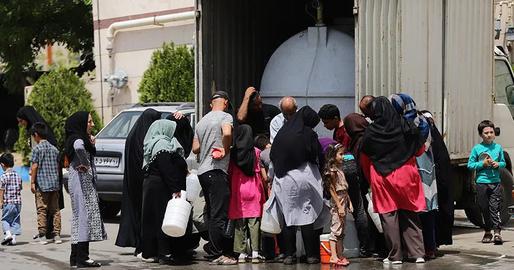
comments